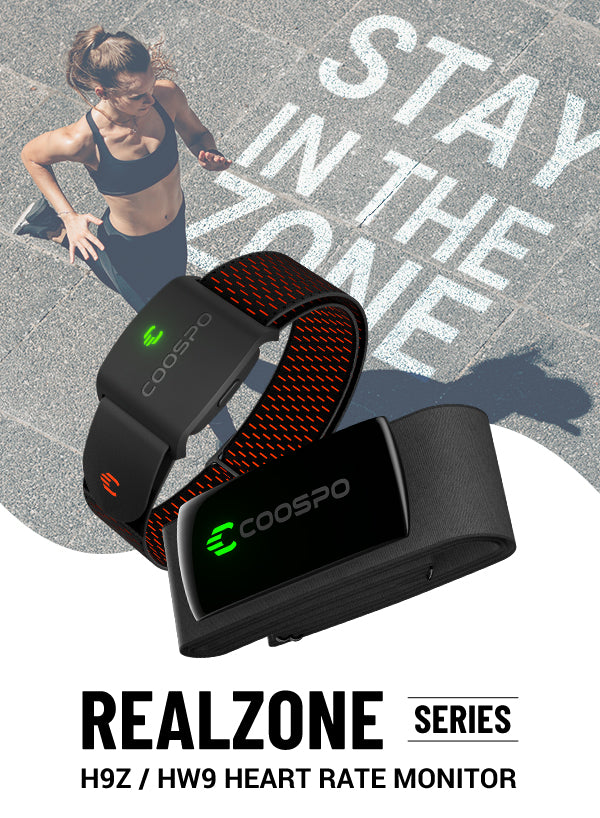Understanding Heart Rate Zones for Improved Fitness: A Simple Guide
What Are Heart Rate Zones?
Measuring heart rate involves counting how many times your heart beats in one minute. This information is important for understanding how intense your cardiovascular exercise is and how it affects your overall fitness level.
Heart rate is important for knowing how hard your heart is working during exercise. By understanding different heart rate zones, you can tailor your workouts to reach specific fitness goals. This article explains heart rate zones and offers tips for improving your aerobic capacity, which is how well your body uses oxygen during physical activity.
Estimating Maximum Heart Rate
Heart rate zones are different levels of exercise intensity based on your heartbeats per minute. They are determined by a percentage of your maximum heart rate, which is the highest number of heartbeats you can reach during intense physical activity within a minute.
The maximum heart rate varies among individuals and can be best determined through rigorous exercise testing. A rough estimate can be calculated using the formula 220 minus your age. This can help track different heart rate zones during physical activity.
HRmax=220−age
Resting Heart Rate
One important factor to consider when setting heart rate zones is your resting heart rate (RHR). This is the number of heartbeats per minute when your body is at rest. For the most accurate reading, it's best to measure your RHR in the morning before getting out of bed, before having coffee or eating anything.

Locate your pulse on the side of your neck or at the thumb side of your wrist. Use your index and middle fingers to gently press down on the artery to feel your pulse.
When you notice your heartbeat, count the number of beats in one minute for the most accurate measurement. You can also count for 30 seconds and double the result, or count for 15 seconds and quadruple it, but one minute is the most precise.
What's "Normal"?
The average adult's resting heart rate is usually between 60 and 100 beats per minute, according to the American Heart Association.
There are many things that can affect a person's resting heart rate. Stress can make it go up, while people who run long distances regularly tend to have a lower resting heart rate, usually between 40-50 beats per minute because their heart is more efficient. A lower resting heart rate means the heart can pump blood more easily throughout the body.
Target Heart Rate Zones
Heart rate zones are helpful for knowing how hard you are working during exercise. To figure out your target heart rate, you need to know which zone you should be aiming for.
The target heart rate is based on a percentage of the individual's maximum heart rate. It's recommended to exercise between 50% and 85% of your maximum heart rate. For example, for a 20-year-old with a maximum heart rate of 200 bpm, the target heart rate range would be 100 to 170 bpm during exercise. To calculate this, subtract your age from 220, then multiply the result by 50% and 80%.

The idea of target heart rate can be divided into five different zones, each linked to specific exercise goals. As you move through the zones, your heart rate increases.
Zone 1: 50%–60% of Max Heart Rate
This zone is for light exercise like warm-ups and stretching. You can easily talk during activities in this zone, such as leisurely walking.
Zone 2: 60%–70% of Max Heart Rate
This zone is a bit more intense. You can still talk while doing activities like brisk walking or slow jogging.
Zone 3: 70%–80% of Max Heart Rate
This zone is moderate and helps improve lung and heart endurance. Breathing will become more noticeable, and talking may become difficult.
Zone 4: 80%–90% of Max Heart Rate
This zone is for hard efforts like sprints that can't be sustained for long. Breathing will be heavy, but short bursts of speech may still be possible.
Zone 5: 90%–100% of Max Heart Rate
This zone is for maximum effort, like sprinting at full speed. You won't be able to talk during activities in this zone, as they are very intense and short.
Ways to Enhance Your Aerobic Capacity
To boost your aerobic capacity and enhance your performance in different heart rate zones, make sure to include the following in your training routine:
Cardiovascular Workouts: Include activities like running, cycling, swimming, or rowing to build endurance and improve heart health.
Interval Training: Mix high-intensity exercises with periods of rest or lower intensity to push your cardiovascular system and increase your anaerobic threshold.
Strength Training: Incorporate strength exercises to enhance muscle endurance, power, and overall athletic performance.
The CDC suggests that adults should aim for 150 minutes of moderate-intensity aerobic exercise each week, which can be achieved by doing 30 minutes of activity for five days. It is recommended to strive for a moderate level of activity during exercise, unless you are a competitive athlete or training for a specific sport.

You might find it challenging to take your pulse during exercise. Using a device, such as a smartwatch,. However, heart rate monitors that use a chest strap are more accurate. You can choose an armband heart rate monitor or a chest strap heart rate monitor according to what exact workouts you do.











